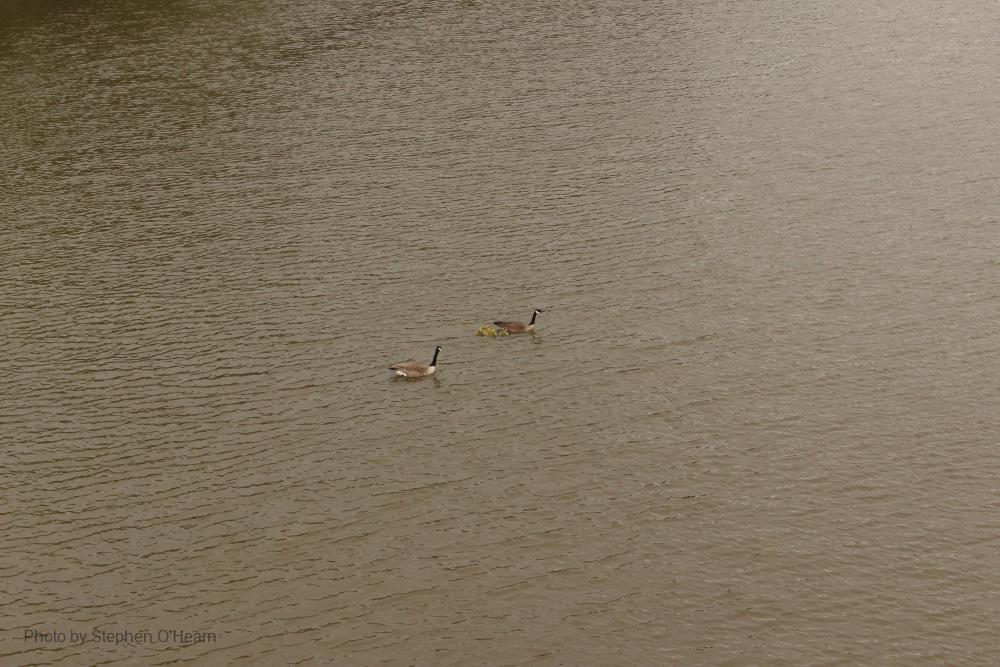
Related items loading ...
Section 1: Publication
Publication Type
Conference Poster
Authorship
Porter Jaclyn, Bradford Lori
Title
Water Nutrient Monitoring and Comparison of On-site Citizen Science Data Collection Methods for Indigenous Water Protection
Year
2022
Publication Outlet
AOSM2022
DOI
ISBN
ISSN
Citation
Jaclyn Porter, Lori Bradford (2022). Water Nutrient Monitoring and Comparison of On-site Citizen Science Data Collection Methods for Indigenous Water Protection. Proceedings of the GWF Annual Open Science Meeting, May 16-18, 2022.
Abstract
The climate in the Canadian Prairies is shifting toward extreme weather events are occurring more frequently than in the past, leading to impacts on local ecosystems and communities, such as excessive nutrient loading in freshwater. Nutrient loading is of concern as it affects water quality and safety for Indigenous reserve communities, especially for communities with difficulties treating their water, resulting in harm to their overall health. Due to climate changes and a growing economy, we cannot reliably predict the quality of freshwater resources like before. Differences between normal and adverse weather conditions affect nutrient loading drivers' influential power, furthering the difficulty of predicting water quality. Therefore, nutrient monitoring needs to be a continuous effort that includes impacted residents as part of the solution. Collaboration with community members is a cost-effective and information-rich method for monitoring efforts, benefiting all involved. Unfortunately, there are still misconceptions on the validity of data gathered by citizen scientists. This study builds on the argument of citizen science as a reliable method for environmental research and community involvement, particularly in continuous monitoring projects, by testing the accuracy of two monitoring devices, identifying hotspots, and determining leading factors impacting nutrient inputs in the prairies.
Plain Language Summary
Research project focuses on nutrient loading concentrations and the use of citizen science for monitoring nutrient loading that impacts water quality for Indigenous communities; tested measuring accuracy of a GWF developed nutrient monitoring device
Section 2: Additional Information
Program Affiliations
Project Affiliations
Submitters
|
Jaclyn Porter | Submitter/Presenter | jaclynporter15@gmail.com | University of Saskatchewan |
Publication Stage
N/A
Theme
Water Quality and Aquatic Ecosystems
Presentation Format
poster presentation
Additional Information
AOSM2022 First Author: Jaclyn Porter, University of Saskatchewan Additional Authors: Lori Bradford, University of Saskatchewan


 GWFNet
GWFNet Master
Master Data
Data Research
Research Map
Map
 Advanced
Advanced Tools
Tools
 . . .
. . .
 Metadata Editor
Metadata Editor
 Record List
Record List
 Alias List Editor
Alias List Editor
 Legacy sites
Legacy sites